Boiling eggs is often considered one of the simplest tasks in the kitchen, yet it can be tricky to achieve the perfect consistency. Overcooked eggs can have a green ring around the yolk, and an unappealing sulphur taste and smell. But, with the right technique and some practice, you can master the art of boiling eggs and enjoy perfect soft, medium, or hard-boiled eggs every time.
In this post, I will share with you a handful of tips and tricks to achieve the perfect boiled eggs. From selecting the eggs to the appropriate cooking times and temperature, I’ve got you covered. Whether you’re a boiled egg enthusiast or simply looking to improve your cooking skills, this guide will help you take your egg-boiling game to the next level. Get ready to enjoy the perfect boiled eggs, with tender whites and bright yellow yolks, every time.
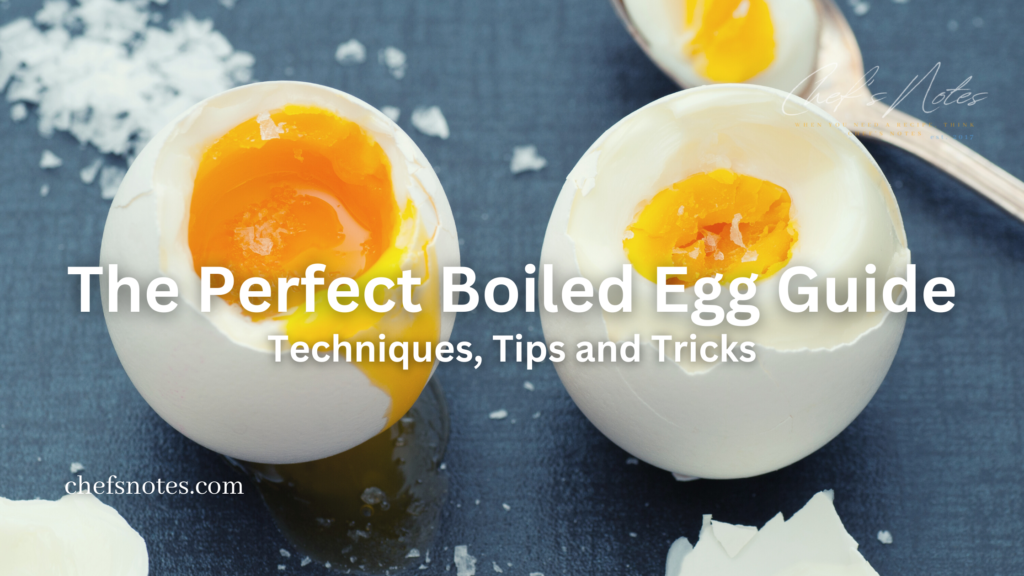
Don’t boil your boiled eggs
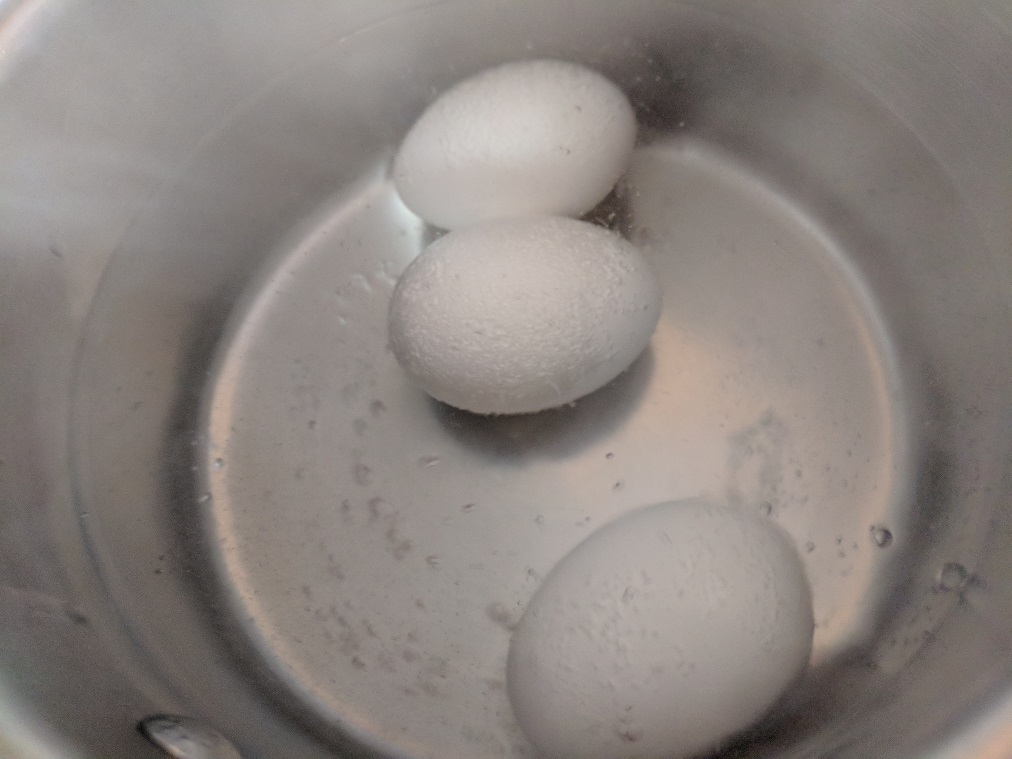
Perfectly boiled eggs are a delicate balance of temperature, timing, and technique. The traditional method of boiling eggs, where the eggs are placed in a pot of rapidly boiling water, can lead to tough whites, overcooked yolks, and cracked shells. However, by simmering eggs instead of boiling them, you can achieve the perfect consistency every time.
Simmering involves cooking the eggs in water that is just below the boiling point. This gentle process allows for more controlled and consistent cooking, leading to tender whites, yolks cooked to your desired consistency, and unbroken shells.
To simmer eggs, fill a pot with enough water to cover the eggs by about an inch, and bring the water to a simmer (just before it reaches a full boil). Gently place the eggs in the pot and cook them for the desired time, depending on whether you want a soft, medium or hard-boiled eggs. This method is particularly useful for hard-boiled eggs, as it allows for a consistent final product while cooking for a longer period of time.
Fresh Eggs Are Harder To Peel
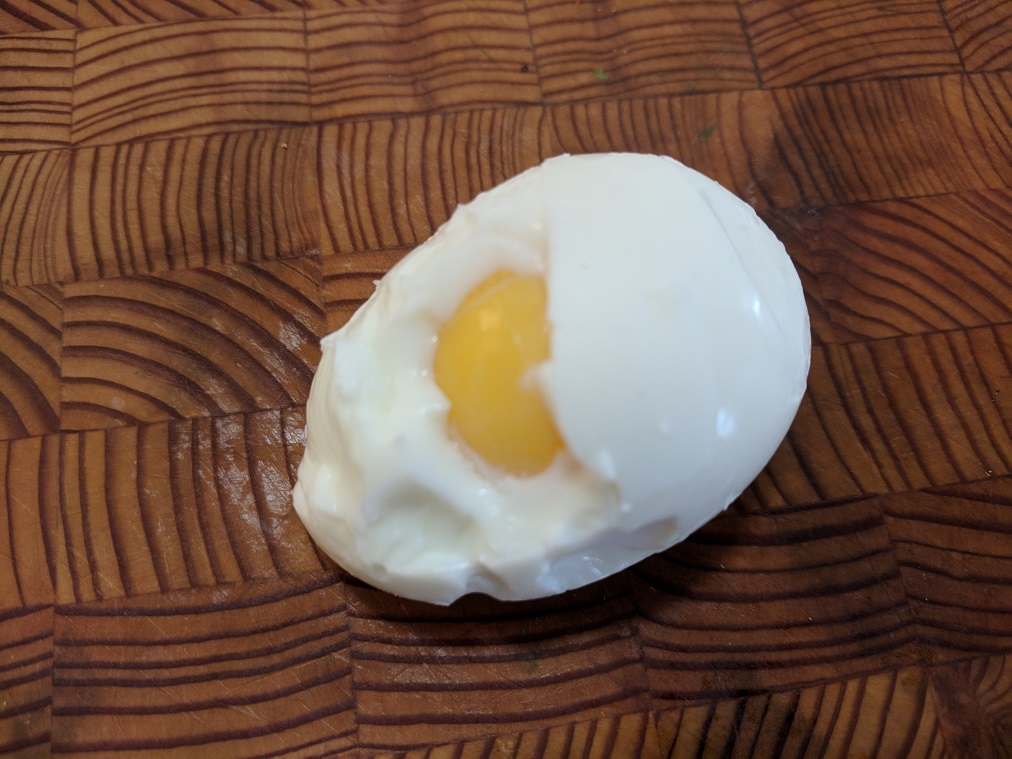
Peeling boiled eggs can be a frustrating task, especially when the shell stubbornly sticks to the white and leaves chunks of the egg behind. Many people assume that the problem is with their cooking technique, but it’s often the result of using fresh eggs. As counterintuitive as it may sound, using eggs that are slightly older can make peeling them much easier.
The reason behind this is that as eggs age, the pH levels of the whites change, and the protein bonds within them weaken. This makes it easier for the shells to separate from the whites when the eggs are boiled. However, you may not always have the option to wait for your eggs to age before boiling them. In that case, there are a few tricks you can use to make peeling easier.
One option is to place your eggs on the counter at room temperature for an hour or two before boiling them. This will help to loosen the bond between the egg and the shell. The second option is to add 1 tsp of baking soda for every litre of water while boiling the eggs. The baking soda will slightly soften the shell, making it easier to peel.
It is worth noting that this method will not affect the taste or quality of the eggs.
Different Methods, Same Results

Cooking boiled eggs can be achieved through various techniques, each with its own advantages and disadvantages. One popular method is to start the eggs in cold water and bring it to a boil, then turn off the heat and let the eggs sit for a set amount of time. Another method is to start the eggs in cold water, bring it to a boil, and then boil the eggs for a set amount of time.
However, my preferred technique is starting with boiling water, adding the eggs, bringing it back to a boil, and then reducing the heat to a simmer and cooking the eggs for a set amount of time. This method offers the most accurate cook on the eggs and eliminates many of the variables that can lead to overcooking. It’s also important to note that before adding the eggs to boiling water, it’s advisable to bring them to room temperature or run them under slightly warm water. This will prevent the shells from cracking.
In addition to the traditional method, modern kitchen appliances such as the Instant Pot and sous vide offer alternative methods for cooking boiled eggs with ease and precision.
Cooking eggs in an Instant Pot involves steaming eggs under high pressure, which speeds up the cooking process. To cook eggs in an Instant Pot, place eggs on the trivet in the Instant Pot with 1 cup of water. Cook on high pressure for 5 minutes for soft-boiled eggs, 8 minutes for medium-boiled eggs, and 12 minutes for hard-boiled eggs. Release the pressure naturally for 5 minutes before quick release.
Sous vide cooking is a method where the eggs are immersed in water at a precisely controlled temperature for a specific amount of time. For soft-boiled eggs, the temperature should be around 63°C (145°F) and the cooking time should be around 45 minutes to 1 hour for medium-boiled eggs, the temperature should be around 64°C (147°F) and the cooking time should be around 1-2 hours. For hard-boiled eggs, the temperature should be around 71°C (149°F) and the cooking time should be around 2-4 hours.
Sous vide cooking allows for a high level of precision, as you can achieve consistent results by cooking eggs at a specific temperature for a specific amount of time. However, it does require specialized equipment, such as sous vide immersion circulator.
In summary, while each method of cooking boiled eggs has its own set of pros and cons, all of them can produce perfectly cooked eggs. The traditional method of simmering in boiling water offers the most control, while the Instant Pot and sous vide methods are more hands-off and offer precision and consistency. The important thing is to choose the method that best suits your needs and preferences.
Rinse The Eggs To Remove The Shell
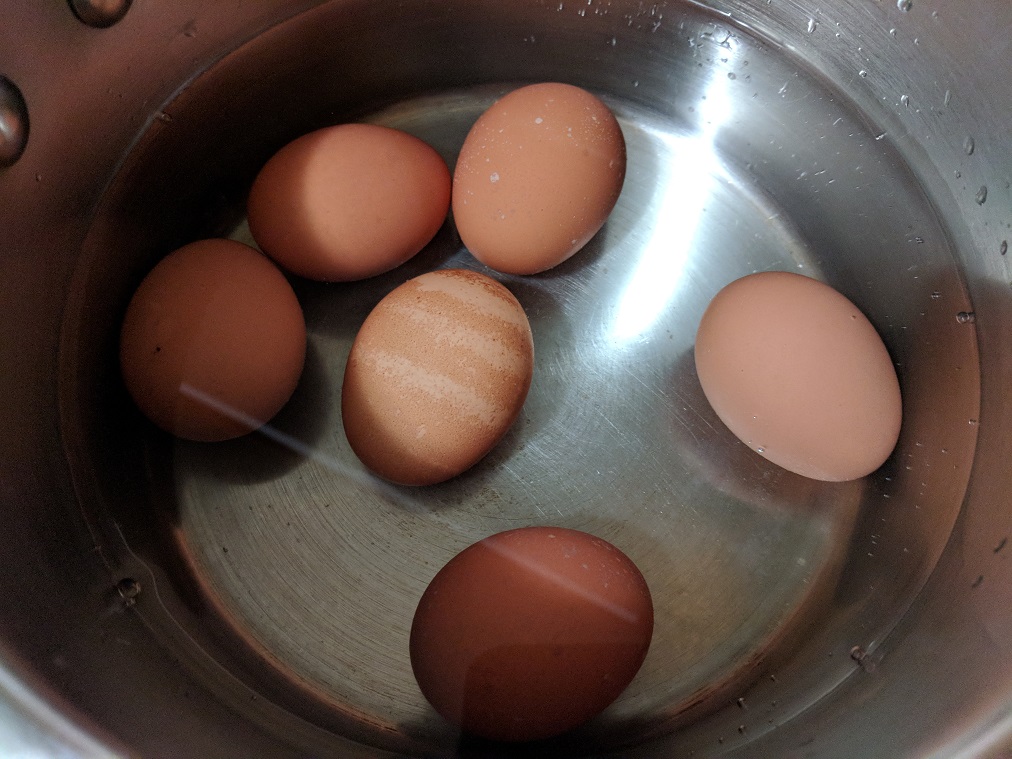
Once you’ve cooked your eggs to perfection, the next step is to remove the shells. While this may seem like a simple task, it can often be a frustrating one, as the shells can stubbornly stick to the whites, making it difficult to peel cleanly. However, there is a simple trick that can make shell removal much easier: rinsing the eggs in cold water.
When you drain the water from the pot after cooking, gently crack the shells of the eggs all over with the back of a spoon or by tapping them on the counter. Then, submerge the eggs in cold water for a few seconds. This will cause the membrane under the shell to shrink and pull away from the egg, making it much easier to peel the shell off. Don’t worry, this won’t cool the eggs too much.
It’s worth noting that you can also use this method when peeling hard-boiled eggs that have been sitting in the refrigerator. Simply place the eggs in a bowl of cold water, and let them sit for a few minutes before peeling.
Rinsing your eggs in cold water after cooking can be a game-changer when it comes to peeling. It causes the membrane under the shell to shrink and pull away from the egg, making it much easier to peel the shell off without affecting the internal temperature too much.
Time is of the essence
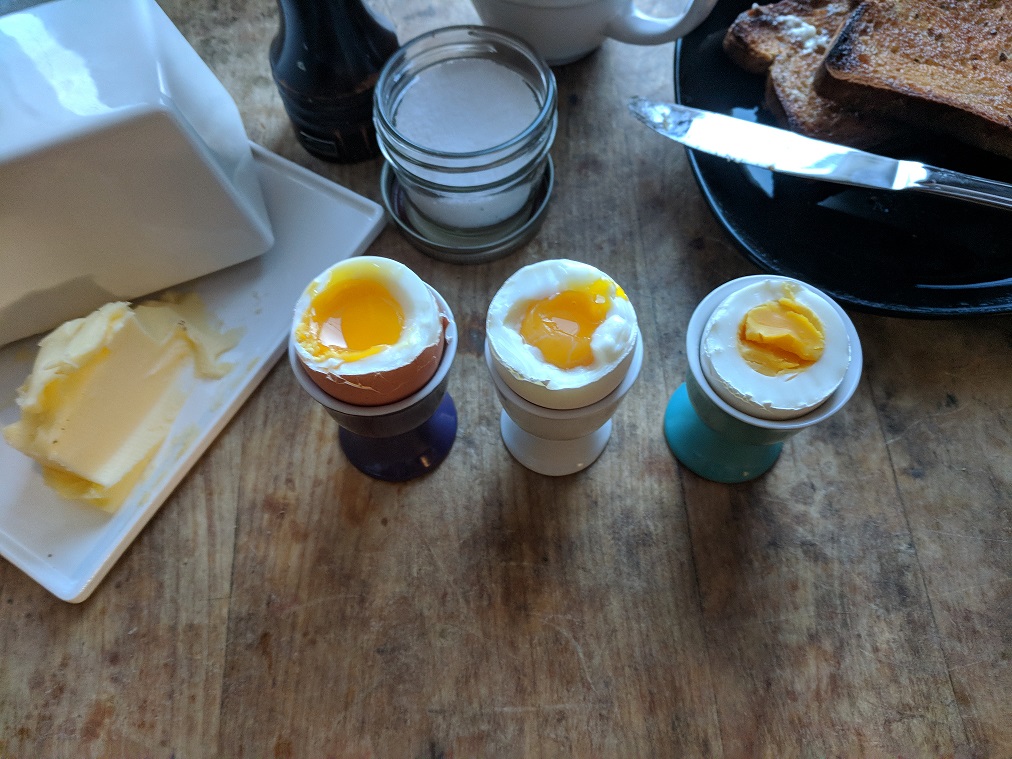
The final key to perfect boiled eggs is time. It is the only other variable you need to control to achieve the desired level of doneness. The cooking time will vary depending on the method you choose.
For the traditional method of simmering in boiling water, it’s essential to consider the desired level of doneness. The time it takes to cook an egg to soft-boiled, medium-boiled, or hard-boiled will differ, and it’s crucial to get the timing right to achieve the desired outcome.
Soft Yolk Set Whites
For the traditional method, soft-boiled eggs should be simmered in boiling water for 4 1/2 – 5 minutes.
For the Instant Pot method, soft-boiled eggs should be cooked under high pressure for 5 minutes, with a natural release of pressure for 5 minutes before quick release.
For the sous vide method, the temperature should be around 63°C (145°F), and the cooking time should be around 45 minutes to 1 hour.
Medium Yolks
For the traditional method, medium-boiled eggs should be simmered in boiling water for 6 1/2 – 7 minutes.
For the Instant Pot method, medium-boiled eggs should be cooked under high pressure for 8 minutes, with a natural release of pressure for 5 minutes before quick release.
For the sous vide method, the temperature should be around 64°C (147°F), and the cooking time should be around 1-2 hours.
Hard Yolks
For the traditional method, hard-boiled eggs should be simmered in boiling water for 9 1/2 – 10 minutes.
For the Instant Pot method, hard-boiled eggs should be cooked under high pressure for 12 minutes, with a natural release of pressure for 5 minutes before quick release.
For the sous vide method, the temperature should be around 65°C (149°F), and the cooking time should be around 2-4 hours.
It’s worth noting that time is an essential component of cooking boiled eggs to perfection. Cooking eggs for too short or too long can result in overcooked or undercooked eggs. The ideal time will vary based on personal preference and the method used.
Bonus Tip
Once the eggs are cooked, they will still have quite a lot of heat contained in them. If this isn’t dealt with the eggs can overcook. This is especially true if the eggs aren’t going to be eaten right away. To combat this you can cook the eggs slightly less than you normally would, and you can shock the eggs in cold water. Shocking the eggs by rinsing them or submerging them in very cold water for 1-2 minutes will stop the cooking process. This shouldn’t’ cool the eggs down so much that they are no longer enjoyable.
Conclusion
In conclusion, cooking the perfect boiled egg may seem like a simple task, but with a bit of know-how, you can take your egg game to the next level. We’ve covered a lot of information in this post, but the key takeaways are to use the right time, method and technique to achieve your desired level of doneness, bring your eggs to room temperature, prevent shells from cracking and rinse the eggs in cold water after cooking to make shell removal a breeze.
Don’t forget, boiled eggs are not only delicious but also a healthy and versatile option for any meal, whether you’re looking for a quick breakfast or a protein-packed addition to your lunch or dinner. And you know what, if you’re still not satisfied, experiment a bit with your own way of boiling eggs. After all, cooking is an art, and we all have our own tastes and preferences. With these tips, you’ll be able to enjoy perfectly cooked boiled eggs every time, so go forth and make your perfect boiled egg and maybe use them to make Devilled Egg Sandwiches!

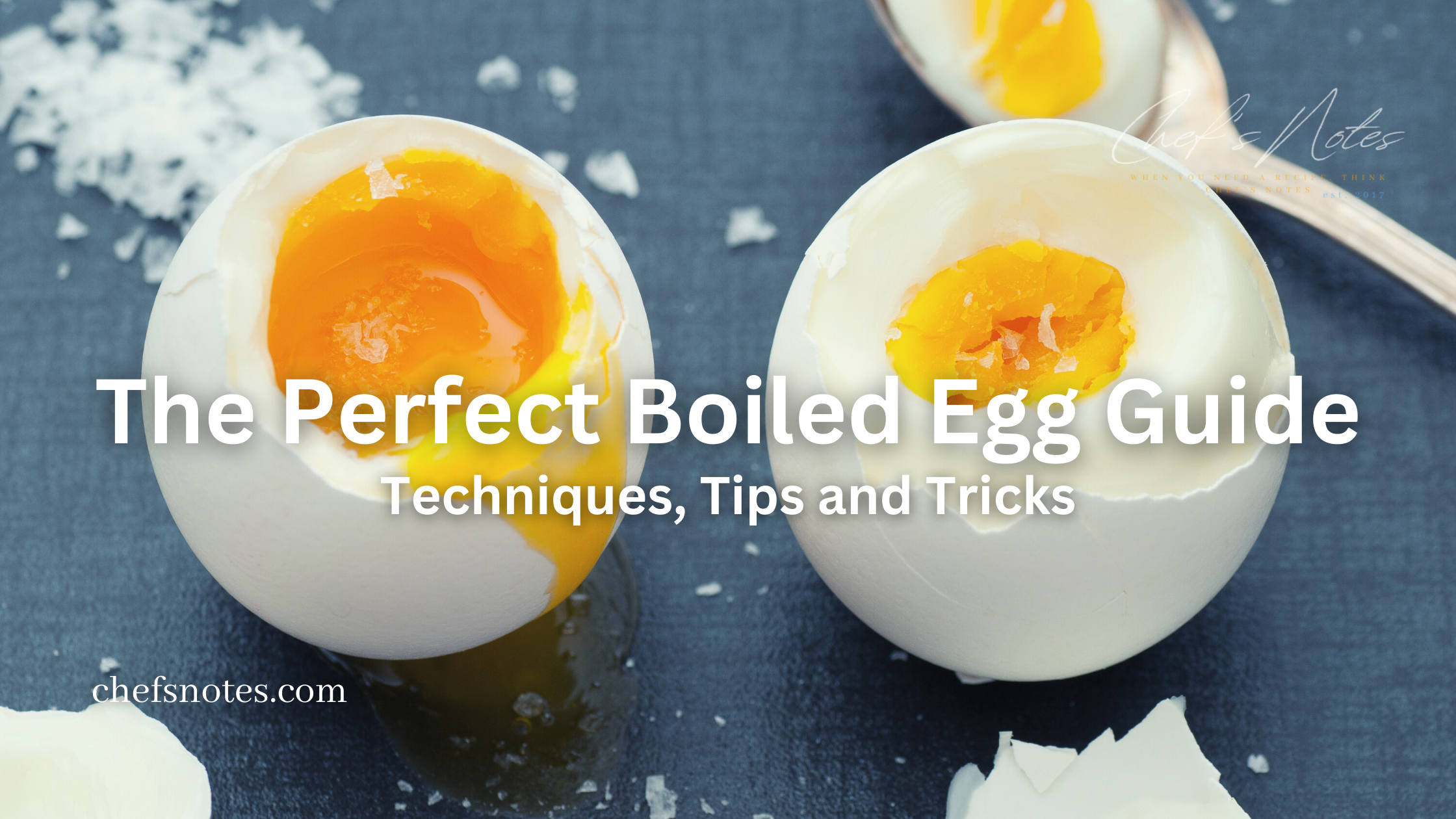
0 Comments
Trackbacks/Pingbacks